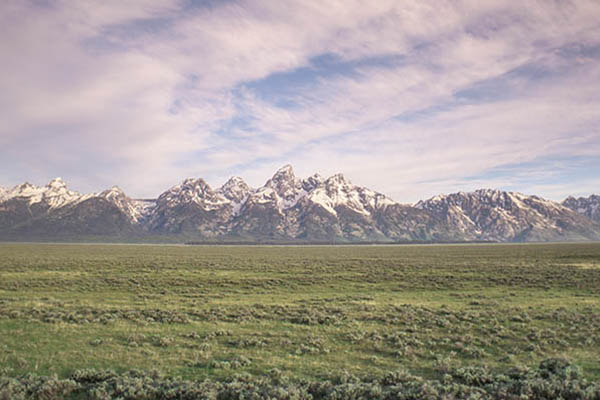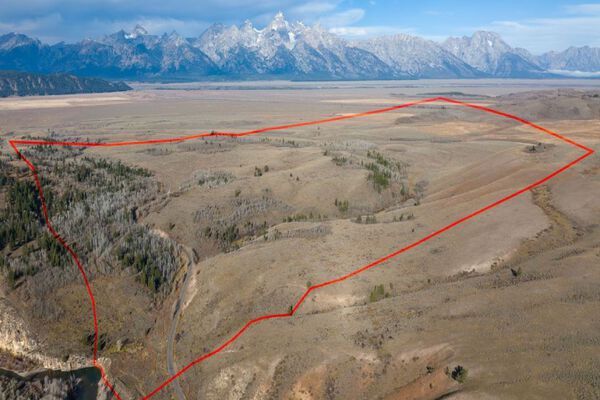RESTORING SAGEBRUSH
Grassland Wildlife Habitat
The restoration of 4,500 acres of former agricultural lands in the Mormon Row hayfields area is an important long-term conservation priority for Grand Teton. GTNPF has partnered with the park since 2013 to assist the vegetation team with the process of removing formerly cultivated and other nonnative plant species, efforts to collect native seeds and propagate them in large quantities, and restoring 50-100 acres per year of this important wildlife habitat type. Areas that have been replaced with native grasses and shrubs have already benefited bison, elk, pronghorn, sage-grouse, songbirds, and other native wildlife.

Park biologists have recently evaluated restoration techniques used on 1,450 acres and are taking the project in exciting new directions to increase the native forb (wildflower) and shrub components for more effective restoration and habitat effectiveness. To increase needed diversity in the seed mix, park staff will engage youth crews in 2022 for seed collection and for improving facilities for proper seed storage. The park will partner with American Conservation Experience to engage youth in restoration activities.











